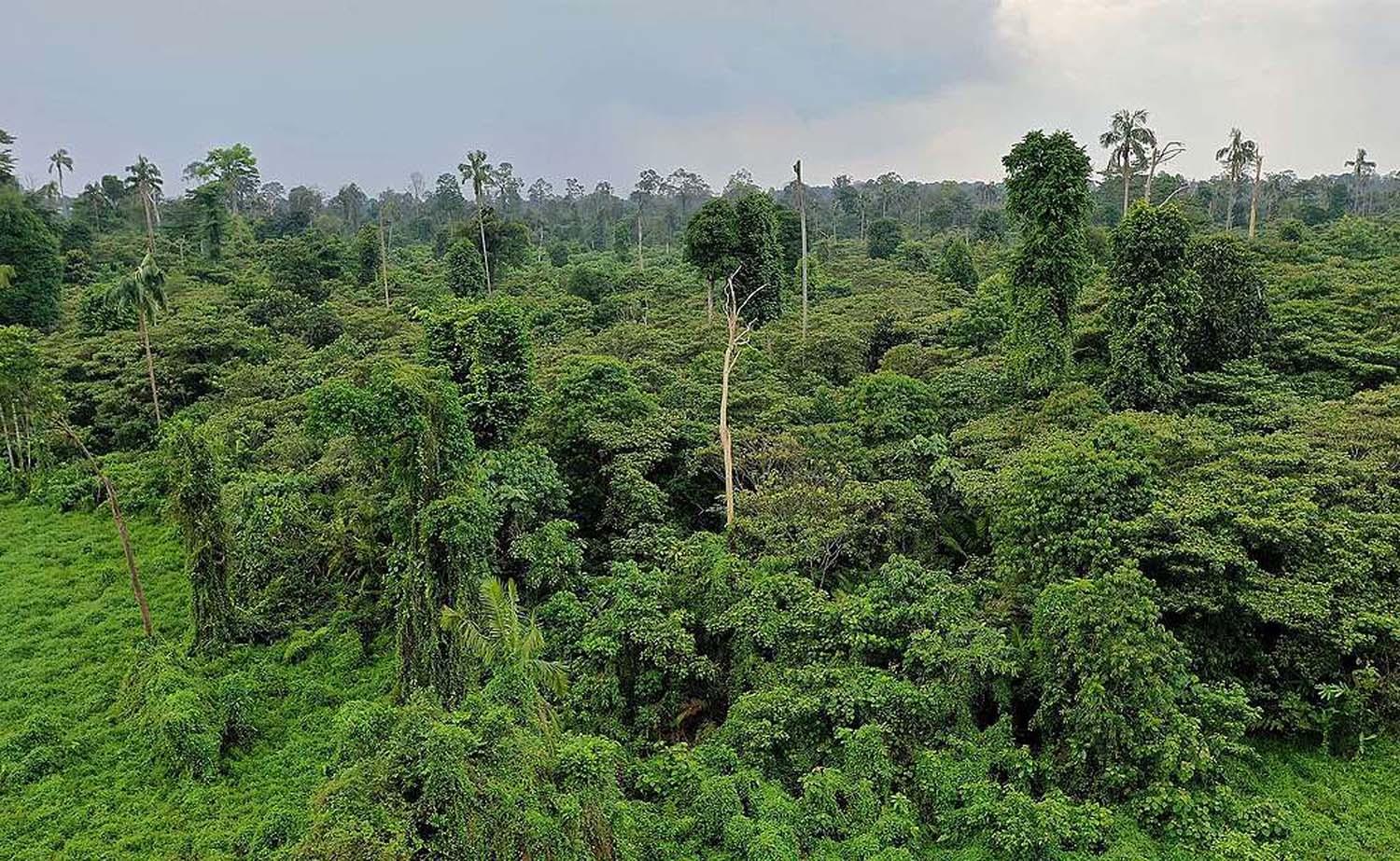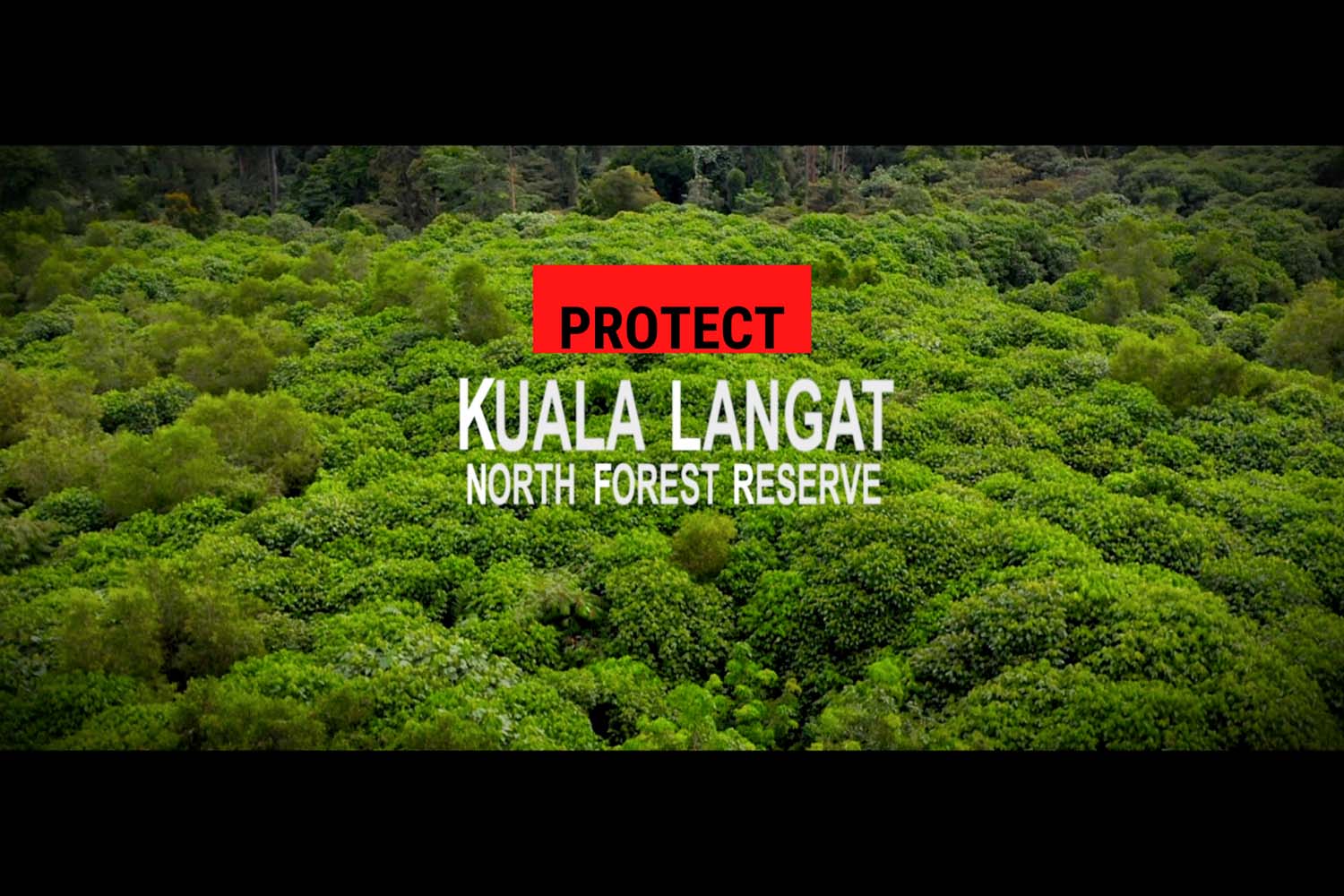Kuala Langat North Forest Reserve (KLNFR) is mainly a peat swamp forest, with smaller areas of lowland dipterocarp forest. Peatlands are critical for preserving global biodiversity, provide safe drinking water, minimize flood risk and help address climate change (i.e. important carbon sink in climate change mitigation measures). It is an area of importance for biodiversity conservation that supports rare species such as Meranti Bakau, the Malayan Sun Bear, Selangor Pygmy Flying Squirrel and the rare Langat Red Fighting Fish. The forest is also of significant importance to local indigenous (locally known as Orang Asli) communities from the Temuan tribe that have been their home for more than 150 years (with photographic evidence since 1886). The unique hydrology of this habitat provides a critical buffer against flooding during the wet season and insurance against drought in the dry season. The swamp retains heavy rainfall and slowly releases moisture over an extended period. It also helps supply water to the surrounding area. As climate change results in more extreme weather events and irregular precipitation this ecosystem service is becoming even more critical.
Most of the Kuala Langat North Forest Reserve is situated on peatlands which have a naturally high water-table. Such peatlands are important stores of carbon because the organic matter of the forest has been accumulating for thousands of years. There are now several meters of below-ground organic matter underlying this forest reserve. Clearing and draining the forest would result in the oxidation of this organic matter and the release of carbon into the atmosphere. The forest represents some of the best remaining lowland forests in Southern Selangor. The forest is underlain with a layer of 2-4m of peat which stores more than a 1.5million tons of carbon which has formed over the last 8.000 years old.

The Selangor State Government has proposed to degazette 930.93ha of the forest reserve for a mix development project. Why we need to object the proposal of Selangor State Government is because Degazettment of KLNFR would disregard the rights of the Orang Asli people who have lived for more than 150 years (since 1886). The State Government must be fair and equitable to protect the interests of the indigenous communities in the area. The clearing of forest area for development purposes will endanger ecological degradation, loss of wildlife habitat, flora and aquatic extinction. Increase the risk of fire in the KLNFR and surrounding peatland areas, increase soil subsidence and flood risk in the area and the surrounding peatland areas and increase the risk of floods in oil palm plantations managed by the Orang Asli. It also ecological disturbance to the Langat and Klang rivers basins. Development of KLNFR (including tree felling, peat and drainage) leads to the release of 5.5 million tons of carbon dioxide (CO2), which contributes to local, and global warming and climate change problems and loss of research and education, recreation, eco-tourism sites and local socio-economic. Peat Swamp Forest degradation is held responsible for large scale greenhouse gas accumulation in the atmosphere. It is one of the main contributors to global climate change. If we don’t stop deforestation, and degazettement, the KLNFR will completely disappear soon.





